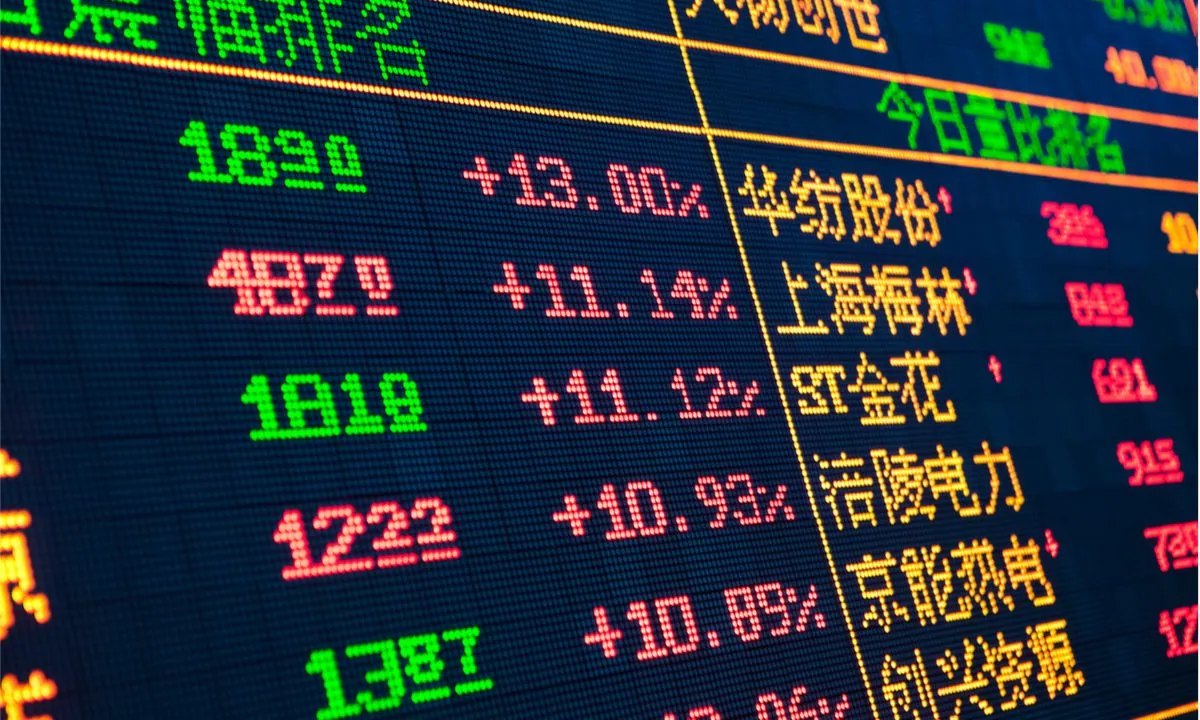The Indian Rupee experienced a minor sigh of relief on Friday, February 16th, 2024, opening 4 paise higher at 83.01 against the US dollar in early trade. This comes after weeks of depreciation fuelled by concerns over global oil prices, rising inflation, and potential Federal Reserve rate hikes. However, the question remains: is this a mere blip in the downward trend or the start of a sustainable reversal?
Several factors influenced the Indian rupee’s early gains:
- Positive Domestic Equity Markets: Indian stock markets opened on a bullish note, with both the Sensex and Nifty witnessing positive gains. This optimism might have trickled down to the forex market, boosting investor confidence in the rupee.
- Dollar Pause: The US dollar, which has been strengthening in anticipation of stricter Federal Reserve monetary policy, witnessed a slight pause in its appreciation. This reprieve offered the rupee some breathing room.
- Profit Booking in Oil: Crude oil prices, a major factor impacting the rupee’s value due to India’s import dependence, saw some profit bookings. This could have eased pressure on the Indian currency.
However, analysts caution against reading too much into this early rise. Some key challenges remain:
- Persistent Global Headwinds: Geopolitical tensions, rising inflation, and potential Fed rate hikes continue to create global economic uncertainty, putting pressure on emerging market currencies like the rupee.
- Crude Oil Volatility: While oil prices showed a temporary dip, their long-term trend remains volatile. Any surge in global oil prices could quickly reverse the rupee’s gains.
- Foreign Fund Flows: Foreign institutional investor (FII) inflows continue to remain subdued, further adding pressure on the rupee.
Also Check: The US Dollar Soars as Treasury Yields Hit 2024 Highs
Looking ahead, the rupee’s trajectory will likely be determined by a combination of these factors:
- Global Risk Sentiment: If global risk appetite improves, it could benefit the rupee. Conversely, any escalation in geopolitical tensions or economic uncertainties could trigger fresh depreciation.
- US Fed Policy: The timing and magnitude of potential Fed rate hikes will be crucial. A more aggressive stance from the Fed could weaken the rupee.
- Domestic Economic Data: Strong domestic economic data and improvement in India’s fiscal health could bolster investor confidence, supporting the rupee.
Conclusion:
While the rupee’s early rise in Friday’s trading session offers a cautious hope, it’s too early to call it a definitive trend reversal. The path ahead remains uncertain, with several hurdles to overcome. Continued monitoring of global developments, US Fed policy, and domestic economic data is crucial to understanding the Indian rupee’s longer-term trajectory.



